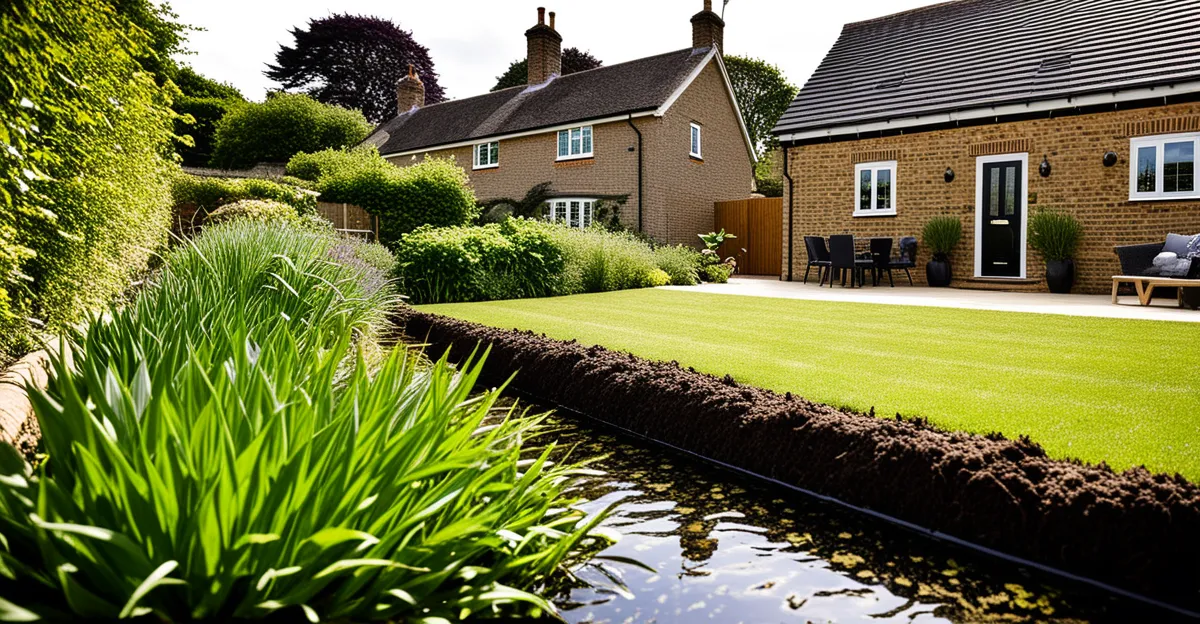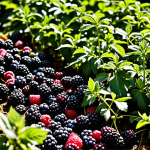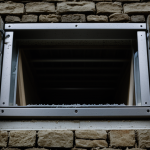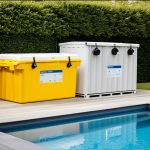Immediate steps for implementing greywater irrigation in your UK cottage renovation
Starting your greywater irrigation project requires a detailed assessment of water sources in your UK cottage renovations. Identify safe greywater sources such as sinks, showers, or washing machines, ensuring they are free from harmful chemicals. This initial step guarantees the suitability of the water for garden irrigation without risking plant health.
Next, understanding your garden’s irrigation needs is crucial. Calculate daily water requirements based on plant types and soil conditions to align with the volume and quality of your greywater. Not all plants thrive on greywater, so matching water availability with eco-friendly garden solutions enhances sustainable irrigation success.
Also to discover : Revamp your city garden: the essential guide to installing eco-friendly synthetic turf in uk homes
Planning the system layout should focus on maximizing water reuse. Design pathways to distribute greywater evenly across different garden zones, preventing waterlogging or dryness. Incorporate filters or settling tanks to reduce debris and ensure cleaner water reaches your plants. This structured approach integrates greywater irrigation effectively into UK cottage renovations, boosting both garden vitality and water conservation.
Key UK regulations and compliance for greywater systems
Understanding UK greywater regulations is critical before installing irrigation in your cottage. The UK enforces strict water reuse laws that aim to protect public health and the environment. Any greywater system must comply with local planning permissions, which often require detailed system descriptions and impact assessments. Failing to obtain approval can lead to penalties or mandatory removal.
In the same genre : Innovative techniques for natural ventilation: banishing dampness from uk basements
What standards govern greywater discharge? The safe discharge standards ensure greywater doesn’t contaminate groundwater or sewage systems. Greywater must be treated or filtered to reduce harmful pathogens and chemicals before use. Environment agency guidelines specify acceptable water quality levels and recommend avoiding greywater use on edible plants to prevent health risks.
How do you certify greywater systems in the UK? Certification includes inspections by qualified professionals verifying system design, plumbing safety, and sustainable operation. Approval processes vary regionally but often involve submitting plans aligned with sustainable cottage practices. Adhering to these compliance requirements protects both your property investment and the environment, empowering safe, eco-conscious UK cottage renovations.
Immediate steps for implementing greywater irrigation in your UK cottage renovation
Starting with your greywater irrigation project, precisely assess the available water sources within your UK cottage renovations. Determine if sinks, showers, or washing machines supply water free from harmful chemicals, as these selections affect garden safety and system longevity. Assessing source water quality early ensures compatibility with your irrigation goals and plant health.
Next, carefully evaluate your garden’s irrigation needs to align with greywater volume and composition. Not all garden plants tolerate greywater equally, so understanding plant types and their water sensitivities is essential. For example, edible plants often should be excluded from greywater irrigation to avoid health risks, while hardy shrubs and ornamentals typically respond well. Matching requirements with supply prevents overwatering and supports eco-friendly garden solutions.
Finally, design your irrigation layout to optimise water reuse effectively. Create channels or drip systems that distribute greywater evenly, avoiding pooling or dry spots that can harm soil and roots. Incorporating filtration—including settling tanks or mesh filters—removes debris, safeguarding system components and plant roots. By prioritising these steps, you embed a sustainable, efficient greywater irrigation system in your UK cottage renovation.
Immediate steps for implementing greywater irrigation in your UK cottage renovation
Effectively assessing greywater sources is essential for successful installation in UK cottage renovations. Start by identifying water from sinks, showers, and washing machines, ensuring these flows are free from harmful chemicals such as bleach or strong detergents. Testing water composition helps verify suitability for garden irrigation, preventing plant damage and system inefficiency.
Understanding your garden’s irrigation needs is equally critical. Different plants have varying tolerance to greywater constituents; for instance, drought-resistant shrubs adapt well, while edible plants generally require avoidance of greywater irrigation. Calculating water volume and frequency based on seasonal growth cycles and soil type refines compatibility between greywater availability and garden health, supporting sustainable, eco-friendly garden solutions.
Plan your system layout to maximise reuse and protect plant roots. Design drip irrigation or subsurface lines to distribute greywater evenly, avoiding accumulation or dry zones that can stress plants. Incorporate filters or settling tanks to remove solids, reducing clogging and fostering long-term system performance. This integrated approach ensures you implement a durable and efficient greywater irrigation system within your UK cottage renovation project.
Immediate steps for implementing greywater irrigation in your UK cottage renovation
Effectively assessing greywater irrigation begins with identifying all potential water sources within your UK cottage renovations, such as bathroom sinks, showers, and laundry machines. It is crucial to verify that these sources do not contain harsh chemicals or contaminants that could harm plants or clog the system. Testing greywater quality early ensures compatibility with your garden’s needs.
Understanding your garden’s specific water requirements helps align greywater supply with plant tolerance levels. For example, drought-tolerant shrubs and ornamental plants generally thrive with greywater, while avoiding edible plants enhances safety. Carefully calculating water volume and irrigation frequency based on soil type and seasonal growth optimises system effectiveness.
Planning the irrigation layout involves designing a distribution system that maximises water reuse and promotes plant health. Implementing drip irrigation or sub-surface lines prevents waterlogging and dry patches, while integrating filters or settling tanks removes debris, reducing blockages. These steps are central to embedding a durable and eco-friendly garden solution within your UK cottage, ensuring sustainable water conservation and vibrant plant growth.
Immediate steps for implementing greywater irrigation in your UK cottage renovation
Assessing greywater sources accurately is fundamental in UK cottage renovations. Verify that water from sinks, showers, and washing machines contains no harmful chemicals like bleach or strong detergents, as these harm plants and reduce system efficiency. Testing water quality early prevents potential damage and ensures compatibility with your chosen eco-friendly garden solutions.
Understanding your garden’s irrigation needs involves identifying plant types and their tolerance to greywater. For example, drought-resistant shrubs generally tolerate greywater well, whereas edible plants should be irrigated cautiously or avoided entirely for health reasons. Calculating precise water volume and frequency considering soil types enhances greywater effectiveness and conserves resources.
Planning the irrigation layout to maximise water reuse requires designing distribution systems such as drip lines or sub-surface piping that evenly disperse greywater. Integrating filters or settling tanks removes solids, protecting both plants and system components from clogging or damage. By combining source assessment, garden compatibility, and thoughtful layout planning, your UK cottage renovation benefits from a sustainable, efficient greywater irrigation system that supports thriving, eco-conscious gardens.
Immediate steps for implementing greywater irrigation in your UK cottage renovation
Accurately assessing greywater irrigation sources is vital in UK cottage renovations. Begin by identifying water from baths, sinks, and laundry that is free from harmful substances like bleach or strong detergents. Confirming water safety early helps prevent plant damage and system failures, ensuring your eco-friendly garden solutions thrive.
Next, understanding garden irrigation needs improves greywater compatibility. Different plants have varying tolerance levels; drought-resistant shrubs typically adapt well, while edible plants should generally be avoided with greywater irrigation to maintain safety. Carefully evaluate soil type, plant species, and seasonal changes to align irrigation volume and frequency effectively.
Planning your system layout requires a design that maximises water reuse while protecting plant health. Employ drip irrigation or subsurface piping to distribute greywater evenly, reducing risks of waterlogging or dry zones. Incorporate effective filtration methods such as settling tanks or mesh filters to remove solids, preventing clogging and enhancing long-term system function. These targeted steps forge a sustainable path for implementing greywater irrigation in UK cottage renovations and sustaining eco-friendly garden solutions.
Immediate steps for implementing greywater irrigation in your UK cottage renovation
Accurately assessing greywater sources is the foundation for a successful system in UK cottage renovations. Identify all possible greywater outputs—such as sinks, showers, and washing machines—and ensure they contain no harsh chemicals, like bleach or strong detergents, that could harm plants or degrade system components. Testing the water quality early allows you to confirm its suitability for irrigation, safeguarding both your garden and system longevity.
Understanding your garden irrigation needs is essential for compatibility with greywater. Different plants respond distinctly to greywater constituents; for example, drought-tolerant shrubs generally flourish, whereas edible plants should be irrigated cautiously or excluded to uphold safety. Accurately calculate irrigation volume and schedule by considering soil type, plant species, and seasonal growth cycles to maximise water efficiency and plant health.
When planning your system layout, design distribution methods—such as drip irrigation or subsurface piping—that evenly spread greywater, preventing waterlogging or dry patches. Incorporate efficient filtration solutions, including settling tanks or mesh filters, to remove solids and reduce clogging risks. This integrated approach ensures the greywater irrigation system enhances both sustainability and vitality in your UK cottage renovations, embodying truly eco-friendly garden solutions.










